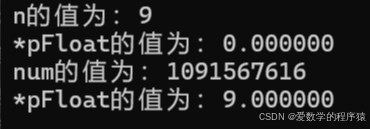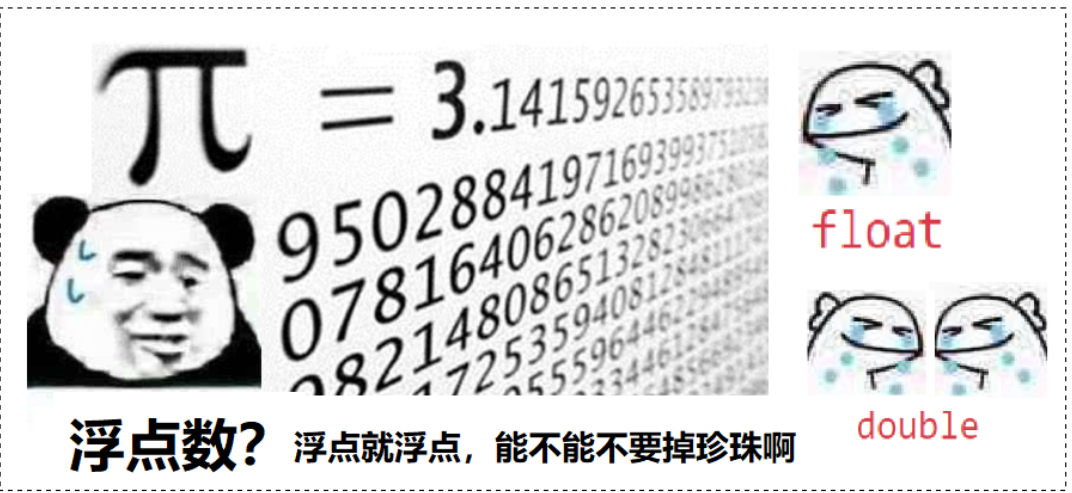python高阶函数:map(f,[list]),reduce(f,[list],可选初始值),
python高阶函数:map(f,[list]),reduce(f,[list],可选初始值),
map,reduce和filter三个函数在python3和python2中发生了较大的差异。具体请看文章后面部分。 1. python的map()函数 2. python的reduce()函数 3. python的lambda()函数
lambda函数
python的map()函数 map()函数接收两个参数,一个是函数,一个是序列,map将传入的函数依次作用到序列的每个元素,并把结果作为新的list返回。
举例说明,比如我们有一个函数f(x)=x%2,要把这个函数作用在一个list [1, 2, 3, 4, 5, 6, 7, 8, 9]上,就可以用map()实现
#使用lambda函数
print map(lambda x: x % 2, range(7))[0, 1, 0, 1, 0, 1, 0]
一个最简单的例子,如基于f(x) = x²,map()作用于list [1, 2, 3, 4, 5, 6, 7, 8, 9]后的结果如下:返回结果仍为list

python的reduce()函数
reduce()函数也是Python内置的一个高阶函数。
reduce()函数接收的参数和 map()类似,一个函数 f,一个list,但行为和 map()不同,reduce()传入的函数 f 必须接收两个参数,reduce()对list的每个元素反复调用函数f,并返回最终结果值。
例如,编写一个f函数,接收x和y,返回x和y的和:
def f(x, y):
return x + y调用 reduce(f, [1, 3, 5, 7, 9])时,reduce函数将做如下计算:
1
2
3
4
5先计算头两个元素:f(1, 3),结果为4; 再把结果和第3个元素计算:f(4, 5),结果为9; 再把结果和第4个元素计算:f(9, 7),结果为16; 再把结果和第5个元素计算:f(16, 9),结果为25; 由于没有更多的元素了,计算结束,返回结果25。
上述计算实际上是对 list 的所有元素求和。虽然Python内置了求和函数sum(),但是,利用reduce()求和也很简单。
reduce()还可以接收第3个可选参数,作为计算的初始值。如果把初始值设为100,计算:
reduce(f, [1, 3, 5, 7, 9], 100)结果将变为125
前两天突然用到了python3的map,reduce函数,按照之前python2的方式使用,结果发现结果并不是自己想要的,查询了资料之后才发现原来map,reduce和filter三个函数在python3和python2中发生了较大的差异。
首先,在类型上,python3中三者是class,返回结果变成了可迭代的对象,而在python2中,三者是内置函数,即。在python3中,得到map(或者filter,reduce)的结果,可以通过如下迭代方式:

或者直接将结果变为list,如下:
最后需要说明的是reduce函数在python3中已经不属于build-in了,而是在functools模块下,如需使用,需要从functools模块中引入。
print('在py3中执行map')
temp1=map(lambda arg:arg+100, range(7))
print(temp1)
print('在py3中z正确执行map')
temp2=list(map(lambda arg:arg+100, range(7)))
print(temp2)
腾讯云开发者

扫码关注腾讯云开发者
领取腾讯云代金券
Copyright © 2013 - 2025 Tencent Cloud. All Rights Reserved. 腾讯云 版权所有
深圳市腾讯计算机系统有限公司 ICP备案/许可证号:粤B2-20090059 深公网安备号 44030502008569
腾讯云计算(北京)有限责任公司 京ICP证150476号 | 京ICP备11018762号 | 京公网安备号11010802020287
Copyright © 2013 - 2025 Tencent Cloud.
All Rights Reserved. 腾讯云 版权所有











